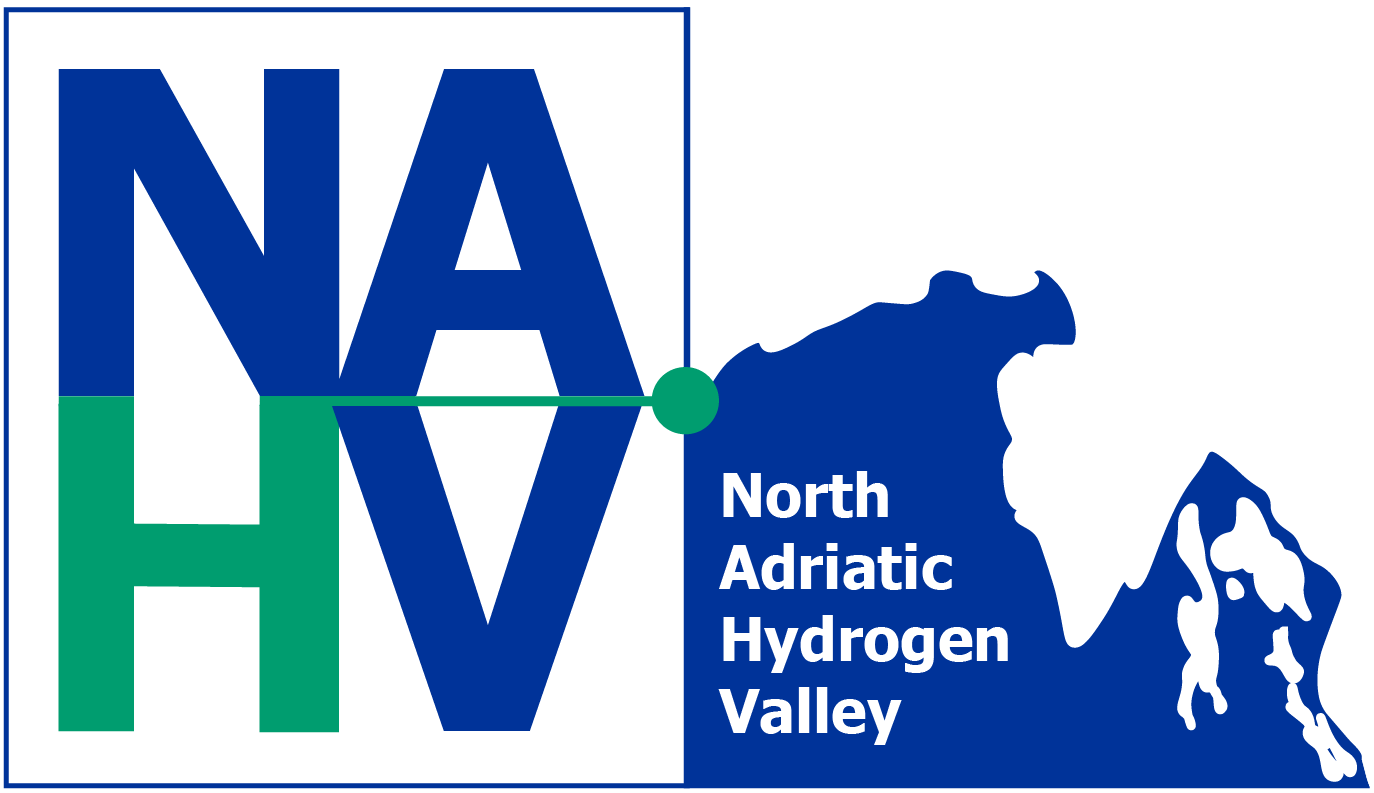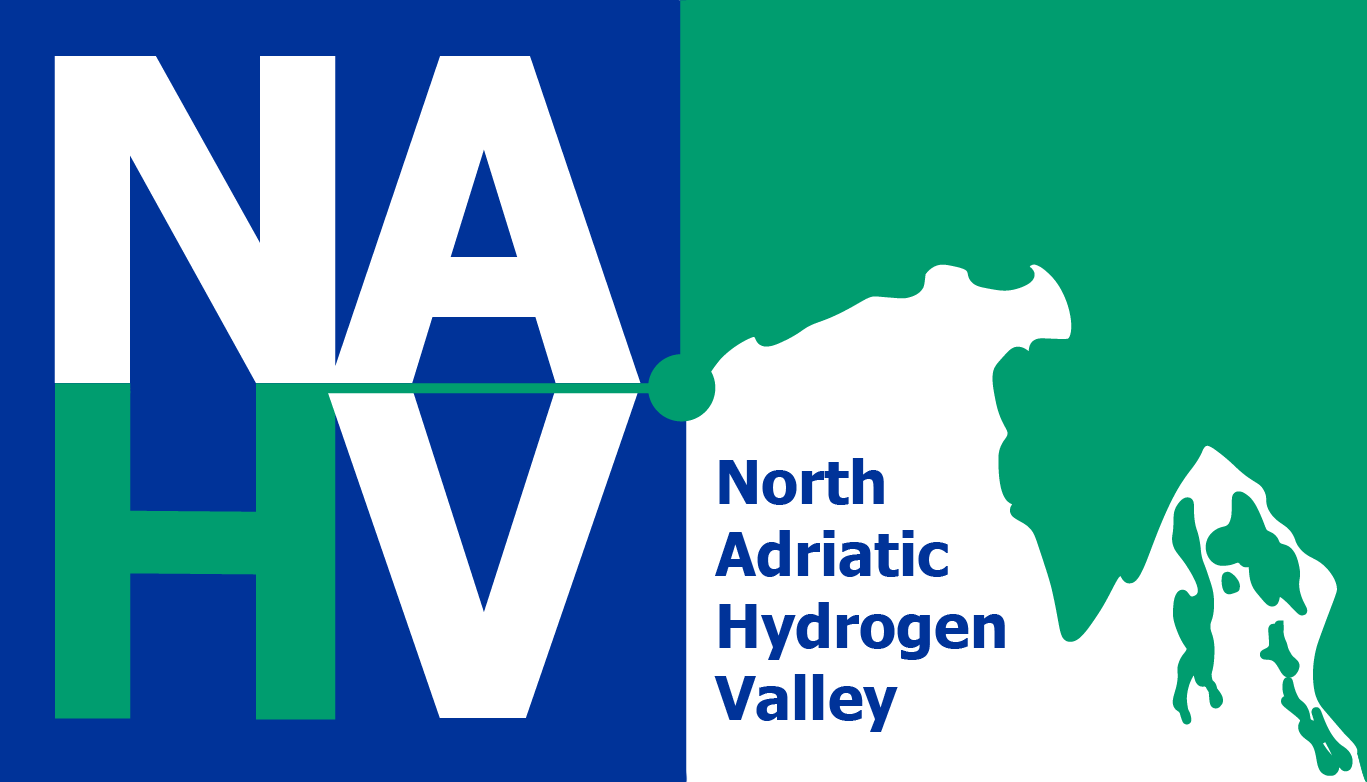About NAHV

Origins of the transnational cooperation
The North Adriatic Hydrogen Valley (NAHV), a Horizon Europe project supported by the Clean Hydrogen Partnership, is a response to an initiative launched by the industry players of the target region, who requested a coordinated action for the evolution of a cross-regional innovation ecosystem at the first Ecosystem North Adriatic Conference in Nova Gorica in autumn 2021, organised by ECUBES, one of the project partners, in cooperation with the Clean Hydrogen Partnership and Hydrogen Europe Research, and supported by industry associations from the three participating countries. The initiative builds further on the signed agreement of early 2022, by representatives of the Slovenian Ministry of Infrastructure, the Croatian Ministry of Economy and Sustainable Development, and the Friuli Venezia Giulia (FVG) Autonomous Region in Italy, to jointly contribute to the European Green Deal and European Hydrogen Strategy goals. On 14th March 2022 the Slovenian State Secretary of the Ministry of Infrastructure, the Croatian State Secretary of the Ministry of Economy and Sustainable Development, and the President of the Friuli Venezia Giulia Autonomous Region signed a joint letter of intent (LoI) in which they recognised the relevance of regional cooperation and a cross-border hydrogen valley in boosting energy transition and promoting sectorial integration between transport, hard-to-abate industries, and end users in an integrated ecosystem. With this LoI the three signatories jointly committed to implementing a common innovation agenda and cooperation projects to accelerate the deployment of hydrogen-based solutions, strengthening local hydrogen ecosystems and building inter-regional value chains. The three territories which constitute the NAHV, FVG (Italy), Slovenia and Croatia, have been considered by the European Hydrogen Backbone as one part of the larger pan-European hydrogen supply and import corridors, which will connect industrial clusters, ports, and hydrogen valleys to regions of abundant hydrogen supply.
The project is led by Holding Slovenske elektrarne HSE and is governed by a Joint Working Group consisting of representatives of the competent authorities of the three constituent territories.
To meet the objectives of the European Hydrogen Strategy and the European Green Deal, the NAHV project foresees, among other things, the development of 17 testbeds which will cover the complete hydrogen value chain from production to distribution, storage and end-use, with specific applications also developed to decarbonise the three NAHV territories by harnessing renewables such as solar energy, with the aim of improving system resilience, security of supply, and energy independence in line with the REPowerEU action plan. In the next few years the NAHV will contribute to the REpowerEU target of 10 million tonnes of domestic renewable hydrogen to replace natural gas, coal and oil in hard-to-decarbonise industries and transport sectors. Within the NAHV, specific attention will be paid to the analysis of the economic, social and environmental impacts, including water utilisation.
Throughout the project, the NAHV will follow the quadruple helix methodology, which is based on university-industry-government-public interactions within a knowledge economy. To fulfil these objectives, the NAHV project has been built around a well-rooted project partnership.
In addition, the NAHV is structurally connected with the Argo System (the ARGO & E-ARGO complex projects) created by the Institutional Protocol signed in March 2018 between the President of the Friuli Venezia Giulia Region, the Italian Ministry of Economic Development (MISE), and the Italian Ministry of University and Research (MUR), from which Area science park, as entity responsible for the implementation, benefits from a yearly contribution”.*.
* Argo is a public and private ecosystem which operates in four strategic sectors following a tested hub and spoke model: 1) the FVG Digital Hub (IP4FVG) to support companies in the digital transition; the setting up of Technology Platforms for industrial applied research; 2) business generation and development (Lab for Tech); and 3) Green Technologies for the environmental transition (Energy, Hydrogen and the Circular Economy). The integration between ARGO and NAHV is already active. In July 2022 the FVG activated additional funds giving ARGO the mandate to create an experimental station for Hydrogen Valley (“in operando spectroscopy”) and to strengthen the existing Data Centre to support the storage and data management of NAHV.

